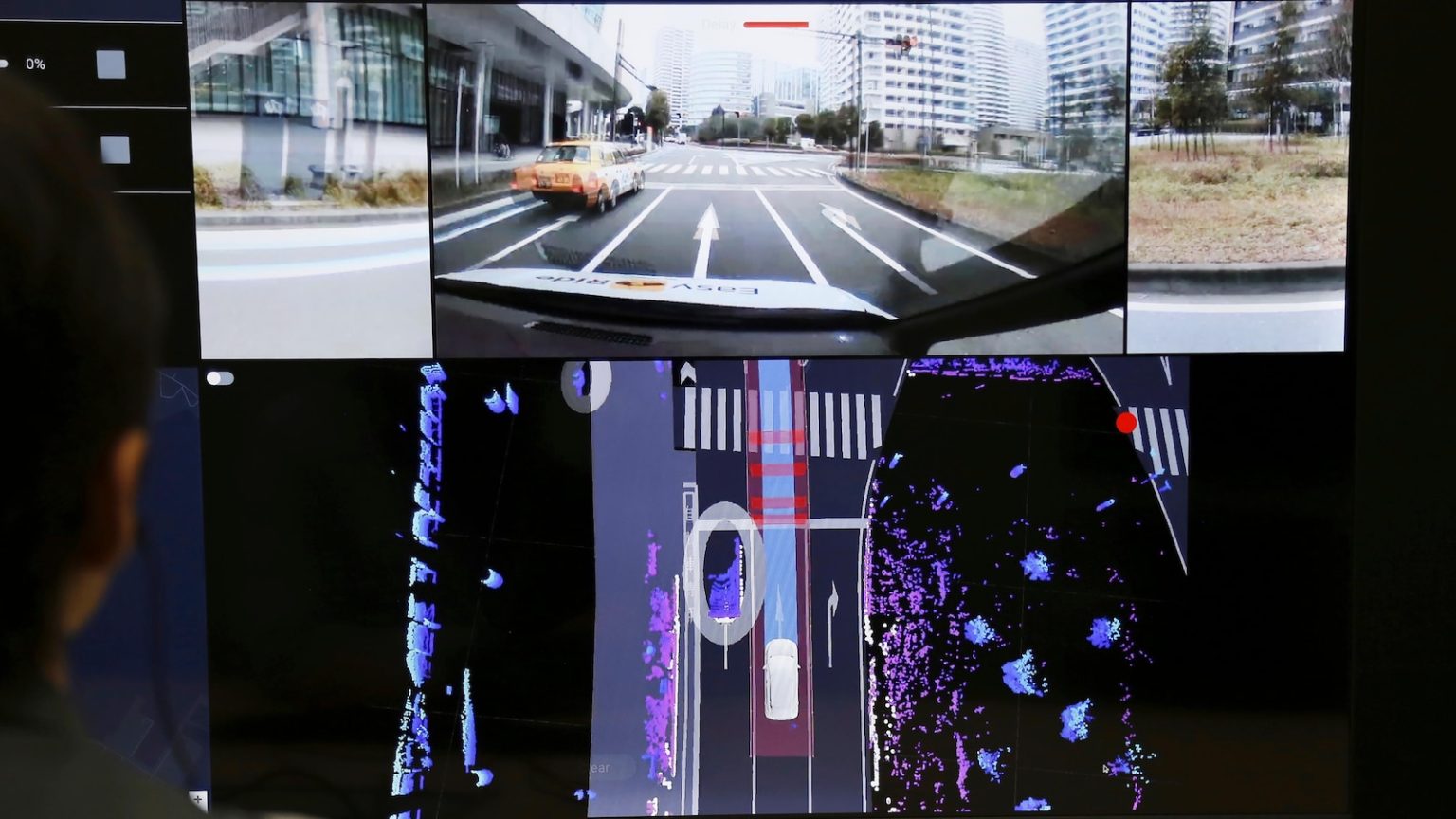The Rise of Autonomous Driving in Japan: A New Era on the Road
In the bustling streets of Yokohama, Japan, a quiet revolution is taking place. A sleek, driverless van glides through the city, its sensors and cameras meticulously navigating the urban landscape. This is not a scene from a futuristic sci-fi movie but the reality of Nissan Motor Corp.’s cutting-edge autonomous driving technology. The van, equipped with 14 cameras, nine radars, and six LiDar sensors, is a testament to Japan’s ambition to reclaim its position as a leader in automotive innovation. While companies like Google’s Waymo have spearheaded the autonomous driving revolution in the U.S., Japan is now accelerating its efforts to catch up. The stakes are high, and the country is determined to make its mark on the future of transportation.
Japan’s Quest to Catch Up in Autonomous Driving
Japan, a nation renowned for its automotive excellence, has been slow to adopt autonomous driving technology compared to global leaders like the U.S. and China. However, the momentum is shifting. Waymo, a pioneer in self-driving technology, is set to launch its services in Japan this year in collaboration with Nihon Kotsu, a major cab company. The initial rollout will focus on the Tokyo area, with all-electric Jaguar I-PACE sport-utility vehicles being tested—though human drivers will still be onboard to ensure safety. This partnership signifies Japan’s growing commitment to embracing autonomous driving, driven by the pressing need to address challenges such as a shrinking population and a scarcity of drivers.
Nissan, one of Japan’s automotive titans, is at the forefront of this movement. During a recent demonstration, the company showcased its autonomous Serena minivan, which navigated crowded city streets with remarkable precision. The vehicle, operating within a 40 kph speed limit, was controlled via a smartphone app, blending seamlessly into the traffic flow. Takeshi Kimura, an engineer at Nissan’s Mobility and AI Laboratory, emphasized the unique advantage automakers like Nissan bring to the table. “Understanding how sensors must adapt to a car’s movements and ensuring the reliability and safety of the system requires a deep understanding of the overall auto system,” he explained. This expertise, Kimura believes, sets automakers apart from tech companies in the race to perfect autonomous driving.
The Technology and Limitations of Nissan’s Autonomous Vehicles
While Nissan’s autonomous driving system is undeniably impressive, it is still in its early stages. Currently classified as Level Two autonomy, the technology requires human oversight. During tests, a remote operator sits at a control panel in Nissan’s headquarters, ready to intervene if the system falters. Additionally, a human passenger in the front seat can take over driving if necessary. For now, the technology is not fully autonomous, and Nissan plans to deploy 20 such vehicles in Yokohama over the next few years. The long-term goal is to reach Level Four autonomy by 2029 or 2030, where no human intervention is needed—even as a backup.
The potential benefits of autonomous vehicles in Japan are immense. With a rapidly aging population and a shrinking workforce, self-driving cars could alleviate the shortage of drivers and provide greater mobility for the elderly and disabled. However, the journey to full autonomy is fraught with challenges. One significant hurdle is the psychological one. As University of Tokyo Professor Takeo Igarashi points out, accidents involving autonomous vehicles are likely to draw more attention than those caused by human error. “In human driving, the driver takes responsibility. It’s clear. But with driverless cars, nobody is driving, so you don’t know who will take responsibility,” he said. This fear is compounded by Japan’s notoriously high standards for service quality. Customers expect perfection, and even minor imperfections in autonomous driving systems could lead to widespread distrust.
Beyond Nissan: The Broader Landscape of Autonomous Driving in Japan
Nissan is not alone in its pursuit of autonomous driving. Other Japanese companies, including Toyota Motor Corp. and startups like Tier IV, are also making strides in the field. Toyota has gone so far as to create a dedicated testing facility near Mount Fuji, a futuristic “city” designed to simulate real-world driving conditions. This living lab allows Toyota and its partners to experiment with autonomous driving technologies in a controlled environment. Meanwhile, Tier IV is championing an open-source approach to autonomous driving, collaborating with researchers and developers worldwide to accelerate innovation.
Despite these efforts, progress remains cautious. Professor Phil Koopman of Carnegie Mellon University highlights the importance of addressing “edge cases”—rare but dangerous scenarios that autonomous systems must learn to navigate. “We will see each city require special engineering efforts and the creation of a special remote support center,” Koopman said. “This will be a city-by-city deployment for many years. There is no magic switch.” This incremental approach reflects the complexity of creating reliable autonomous systems that can function seamlessly across diverse environments.
The Road Ahead for Autonomous Vehicles in Japan
The journey to fully autonomous vehicles in Japan is a long one, but the country is making steady progress. Nissan’s demonstration showcased the potential of its technology, with the driverless van stopping safely after a system failure—a reassuring sign of its reliability. However, the path to Level Four autonomy is paved with challenges. From addressing edge cases to managing public perceptions, the hurdles are significant.
As the world watches Japan’s foray into autonomous driving, one thing is clear: the country is determined to carve out its own niche in this transformative industry. With its deep automotive expertise, commitment to innovation, and collaboration with global leaders, Japan is poised to make a meaningful impact on the future of transportation. Autonomous vehicles are not just the future—they arealready here, navigating the streets of Yokohama and paving the way for a new era of mobility.
In the end, the success of autonomous driving in Japan will depend on balancing technological advancement with human trust. As Nissan and other companies continue to refine their systems, the focus must remain on safety, reliability, and public acceptance. The road ahead may be long, but with persistence and innovation, Japan is set to reclaim its place as a leader in the automotive world.














